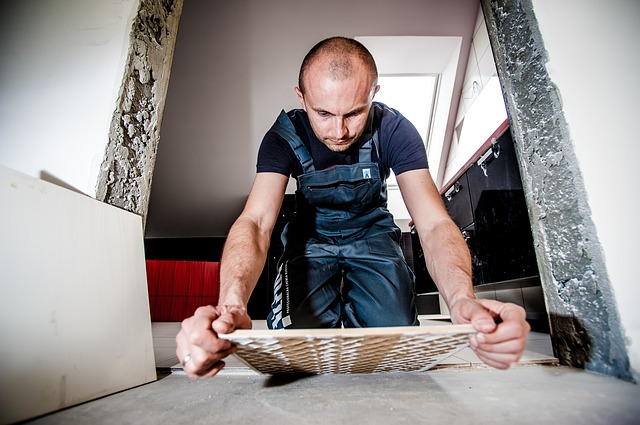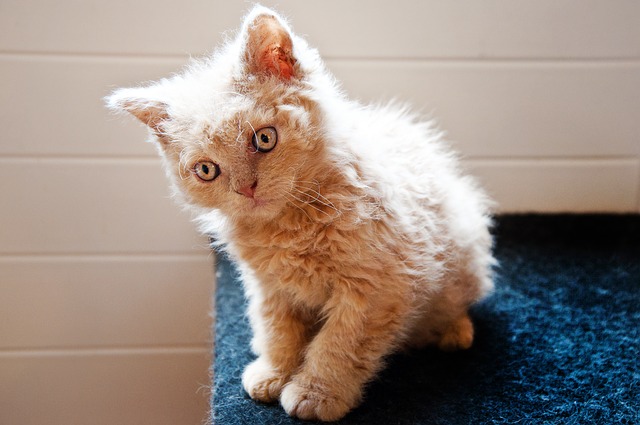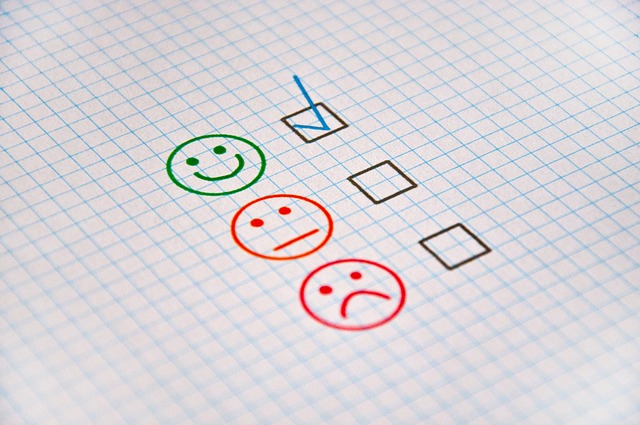Diana Winston, in her meditation podcasts through the Mindful Awareness Research Center (MARC), often begins by defining mindful awareness as paying attention to present moment experiences with openness, curiosity, and a willingness to be with what is. In this context, openness and curiosity extends to our body as well as our thoughts and feelings. However, we frequently take our bodies for granted and, more importantly, ignore our body’s signals. The recent Wisdom of the Body Summit with 32 leading teachers and scientists, was designed to make us aware of the wisdom of the body and its innate intelligence.
In this post, I would like to explore some of the ideas advanced by Spring Washam who spoke during the Summit on Trusting Our Hearts, Intuition, Embodiment and Personal Power. Spring is the author of A Fierce Heart: Finding Strength, Courage and Wisdom in Any Moment. A central theme of Spring’s presentation was learning to access and trust the wisdom of our body. She highlighted the intelligence of the body that is ever-present to us, if we would only stop and attune ourselves to its message.
Disembodied: out of touch with our body
Increasingly we live in our heads – engaged in endless thought processes, some of which lead to depression, others to anxiety. We continually become absorbed by self-stories that lead to self-deprecation and self-recrimination. In the process, we become disconnected from our bodies and cut ourselves off from the body’s intelligence, intuition and energy. When we are disembodied, we are also disempowered.
Spring maintains that we should “press the pause button” so we can listen to our bodies, become conscious of what our heart is telling us is the right way to proceed. We become numbed over time because we are constantly pushing ourselves to achieve, ignoring the signals from our body. We need to become attuned to our body and the wisdom that resides within.
Embodiment: being in touch with the intelligence and wisdom of our body
Ways to tap into the wisdom of the body are mindful breathing, mindful walking, being in nature and feeling the earth through walking barefoot on the grass or sand. Walking barefoot helps to develop proprioception – the body’s capacity (through its nerves, muscles and joints) to monitor its environment (e.g. the slope of the ground) and to make adjustments accordingly. This is just one form of intelligence of the body – reflected in our capacity to know where our limbs are in space, even when we can’t see them.
Our bodies also store memories, including the emotions associated with memories – which is why people display unease and/or sadness when recalling a disturbing event or personal loss. We can access these memories and emotions through getting in touch with our bodies through mindfulness practices such as a body scan.
Our bodies are continually taking in information from each of our senses at an astonishing rate (calculated to be around 11 million bits per second) and compressing the information to enable conscious processing and response. So, our bodies are incredibly powerful information processors that are also intuitive. Sometimes our body can anticipate events before they happen – such as just before a car crash is about to happen.
Spring suggests that placing our hand on our heart is one way to access the heart’s intelligence, intuition and synchronicity. She mentions the research done by HeartMath and the science behind the heart’s intelligence. For example, the research has shown that “changing heart rhythms, changes emotions”, e.g. from frustration to appreciation.
As we grow in mindfulness through different forms of meditation and mindfulness practices, we can learn to tap into the innate intelligence, intuition and wisdom of our bodies. This will enable us to be grounded in the present moment, become more aware of our thought patterns and gain better control over our feelings that could be holding us back from living life more fully and meaningfully.
____________________________________________
Image by Michal Jarmoluk from Pixabay
By Ron Passfield – Copyright (Creative Commons license, Attribution–Non Commercial–No Derivatives)
Disclosure: If you purchase a product through this site, I may earn a commission which will help to pay for the site, the associated Meetup group and the resources to support the blog.






